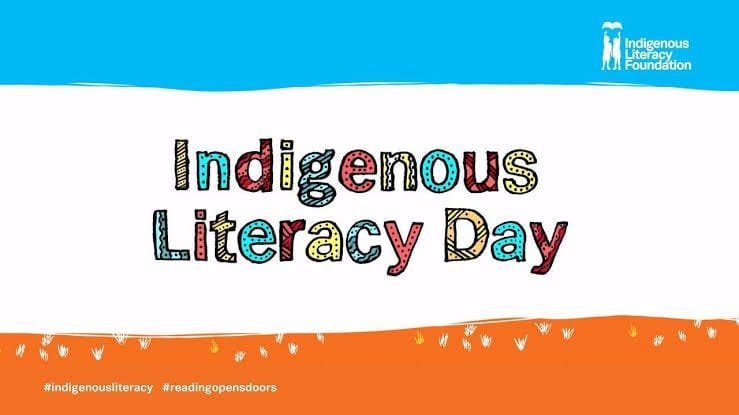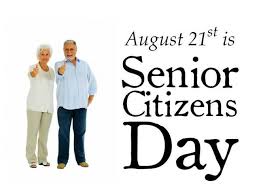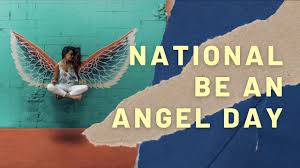Indigenous Literacy Day – September 7, 2022, history, quotes tweet
Indigenous Literacy Day is on September 7. This is a yearly initiative by Australia’s Indigenous Literacy Foundation. Through literacy programs, the organization seeks to improve the lives and possibilities of Indigenous Australians. Not just any literacy program, but one that puts the knowledge and wisdom of the indigenous people first.
Australia’s First People have a deep knowledge of community, culture, and land. These are concepts of “literacy” that the western world may not understand. We must redefine what literacy means for different communities and their needs. To create forward-thinking spaces without losing roots. Indigenous Literacy Day advocates people’s right to an education in the languages they speak at home. It celebrates indigenous freedom of expression and participation in public life just as they are.
HISTORY OF INDIGENOUS LITERACY DAY

We know that literacy is the foundation of better futures. It’s the first step for children to build contexts of and understand the world. Try and think of a life without the joy of reading — a world without access to the knowledge and inspiration books can bring. Now imagine that the books you do read tell stories that do not resonate with the culture, people, and land around you.
For children in remote communities across Australia, literacy journeys often look like this. The choices are limited. One either reads books with alien cultural lenses or has no access to books. A lack of resources, coupled with low literacy levels, can have a long-lasting impact on the well-being of First Australian communities.
Children, parents, grandparents — everyone can find their love for reading given the right conditions and resources. Indigenous Literacy Day aims to make literature and resources accessible to indigenous people in remote areas of Australia. It’s an opportunity for Australia’s first people to shape literacy and make it meaningful and culturally relevant.
The goal is to enable the success of indigenous children through quality resources. What kind of resources? Libraries, books in first languages, and community publishing, among others. Today is a call to support indigenous communities in leading and owning their journeys to literacy.
.
Children of Aboriginal and Torres Strait Islander children should see their culture and languages in the books they read. They must see themselves in the stories they hear. Indigenous Literacy Day plays a crucial part in preserving cultures and languages and building indigenous pride.
INDIGENOUS LITERACY DAY TIMELINE
Over 50,000 years ago
New Lands
Aborigines move into present-day Australia.
2004
A Movement Begins
Suzy Wilson, owner of Riverbend Books in Brisbane, launches the Riverbend Readers’ Challenge to raise funds for literacy programs in indigenous communities.
2007
A Movement Grows
The Riverbend Readers’ Challenge becomes the Indigenous Literacy Project in partnership with the Fred Hollows Foundation.
2011
A Foundation Is Born
The movement officially becomes the Indigenous Literacy Foundation.
HOW TO OBSERVE INDIGENOUS LITERACY DAY
Get involved
Volunteer your time or consider partnering with the foundation. Every bit goes a long way.
Donate and advocate
Consider donating generously today. Help to raise more funds and strong advocacy for equal access to literacy.
Talk about the day
Awareness is the first step to impactful change. Spread the word among your social networks. Speak with local schools or libraries to see how they get involved.
5 FACTS ABOUT ABORIGINALS AND TORRES STRAIT ISLANDERS THAT WILL BLOW YOUR MIND
The earth’s first peoples
Archaeological evidence confirms that Australia’s Aboriginals and Torres Strait Islanders are the oldest, continuous civilizations on earth.
Not a homogenous group
Their origins are diverse — hundreds of cultural groups, clans, 600 dialects, and 250 languages.
The state of affairs today
Indigenous people make up approximately 3.3% of Australia’s population today.
Indigenous art as storytelling
Art forms in Australia’s indigenous communities are a way for stories to be passed down through generations.
Glaring inequality
Aboriginals and Torres Strait Islanders in remote areas experience higher child mortality rates and lower literacy levels than others.
WHY INDIGENOUS LITERACY DAY IS IMPORTANT
An inclusive, equal world
Indigenous Literacy Day strives for a world of equal opportunities. Everyone has the right to high-quality education and the joy of learning.
Indigenous pride
Today is a celebration of not just education but cultural pride as well. It can foster a sense of belonging and pride for communities that have historically been marginalized.
Bringing the past and future together
Indigenous Literacy Day celebrates rich cultures and knowledge as old as the earth. A day that balances the wisdom of the past with building sustainable futures.
INDIGENOUS LITERACY DAY FAQS
When is Indigenous Literacy Day?
Indigenous Literacy Day is on September 1 each year. On this day, the Indigenous Literacy Foundation encourages Australians to help raise funds for indigenous Australians in remote communities.
.
Where can I donate to indigenous Australians?
Consider donating to organizations deeply embedded in the community and doing grassroots work. The list includes Healing Foundation, The Indigenous Literacy Foundation, Yalari, The Northern Australian Aboriginal Justice Agency (N.A.A.J.A.), ANTaR, and Gunawirra.
What is the literacy rate for Australia?
Australia has a 99% literacy rate. However, only 15% of adults read at the highest level (four or five). Most adults read at a literacy level of one or two.
Sandeep Raiza — Content Writer, Website Designer, SEO Strategist, and WordPress Expert AI specialist delivering impactful digital solutions that drive business growth.Combining creative storytelling with technical expertise.




